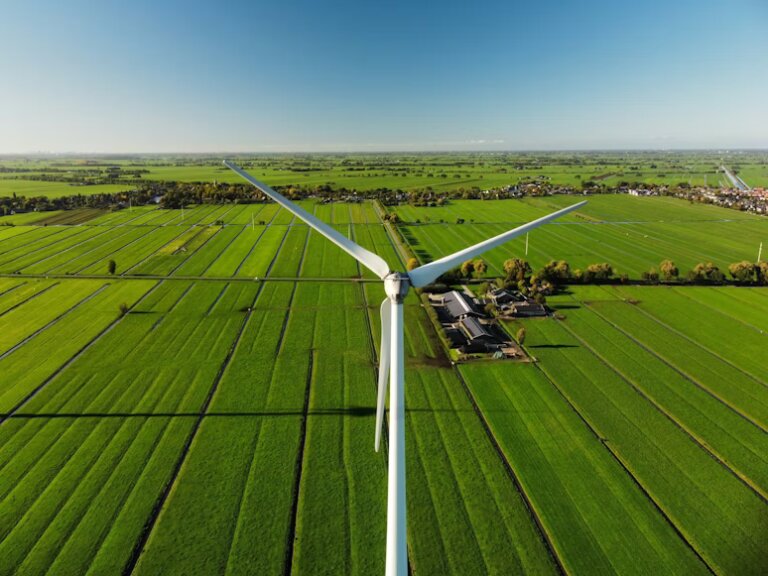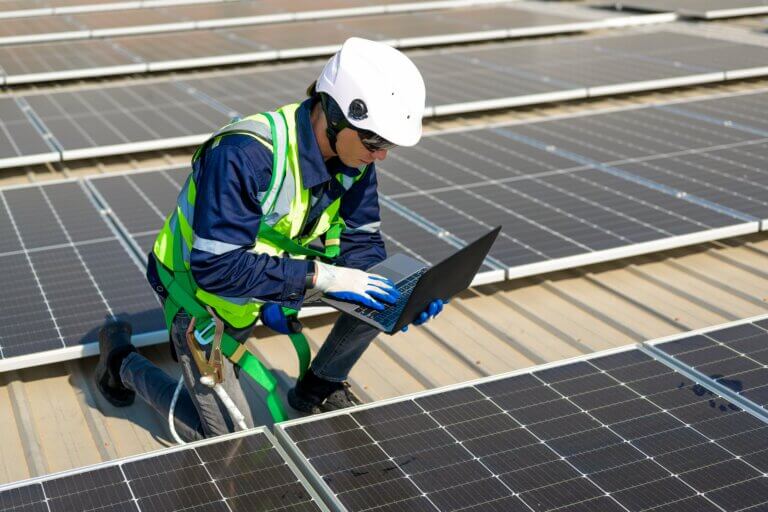Why More People Are Embracing a Car-Free Lifestyle
Today, you may choose a car-free lifestyle because life costs more, and time feels tighter. Also, you may want simpler days, cleaner air, and quieter streets. For many households, long commutes and scarce parking are also issues. As a result, you want options that don’t waste so much of your precious time each day.
Bills Push You To Rethink The Car
First, you face higher prices for fuel, parts, and labor. Next, you pay insurance premiums that can increase after one claim or a single theft spike. Also, you pay parking fees, or you pay with long walks and stress.
Then, there are the hidden costs. You lose hours in traffic. You lose money due to depreciation and risk tickets from confusing rules.
Meanwhile, a transit pass is a low-friction option, and a bike requires less maintenance. You can swap fixed car bills for flexible options. You can use transit for routine trips and car-share for big hauls. Plus, there’s always a taxi for rare late nights.
A Move Can Reset Your Travel Habits
Moving to a new home provides a fresh start. More people are choosing areas that support a car-free lifestyle. You select a lease and a commute simultaneously. Also, you can choose a location near transit, schools, and stores.
Next, you face moving-week needs, but you don’t need to own a car for them. You may rent a van for one day or book movers. You can use car-share for supply runs. If you start to feel overwhelmed, you can always check out online resources like moving companies’ websites in your area.
One good example is Pro Alliance Services, a professional moving company that offers solutions to various moving-related problems available for review. After that week, you quickly set routines.
Therefore, you can keep the choice if you plan early. Buy a transit pass and map safe routes. Store a bike lock by the door. In time, you’ll keep your car-free lifestyle because your address supports it.
Cities Give You More Without A Car
These days, sustainable neighborhoods get more practical each year. Shops open closer to homes. Schools and clinics sit near housing. In addition, cities add bike lanes, wider sidewalks, and safer crossings.
At the same time, parking is becoming more difficult. New buildings reduce spaces. Old streets stay narrow. As a result, you spend time hunting for a spot.
Meanwhile, you can walk straight to your door, or you can lock a bike in seconds. However, access still differs by area. Some routes have you constantly running late, but many don’t. And many of them can make daily trips easier without additional costs.
Health And Stress: Your Body Notices The Change
Without a car, you move more without forcing a workout. You walk to a stop, and you climb stairs at stations. Also, you cycle through short intervals for errands and build strength over weeks.
Meanwhile, you drop some daily friction. You skip traffic jams and parking fights. You stop watching the fuel gauge. Consequently, you may feel more patient and more rested. For example, you can turn commute time into reading time. You can use a ride to respond to messages or plan dinner.
Climate And Air
The number of cars we drive affects the weather around us. Heat waves hit harder. Smog lingers longer. Many of us link our choices to local air quality.
Also, cars add noise. They wake babies. They interrupt talks on balconies. In addition, they raise the risk on streets where kids cross. When you reduce driving, you reduce that load. Therefore, this choice can feel personal to a lot of people. You protect your health, support cleaner blocks, and show your values in a daily routine.
You Need Less Mileage
Next, hybrid work reduces commute days and car use. Also, remote work removes the rush for many jobs. As a result, your car can sit still for weeks, yet the bills keep coming.
Also, delivery is more widespread than ever. Grocers deliver food. Pharmacies deliver medicine. Repair shops deliver parts. Meanwhile, route apps help you connect buses, trains, and bikes in one plan.
You can build a car-free lifestyle using tools that did not exist for many people ten years ago. Also, you can add an e-bike for hills, and a cargo rack lets you carry more.
You Feel Support In More Places
Today, you may notice new rules that favor walking and transit. Cities test slower speed limits on busy streets. They add bus lanes that make trips faster. They limit through traffic near schools during drop-off hours. Also, some areas add fees that make driving into crowded centers less appealing.
Next, employers help more often than before. Some offer transit subsidies. Some provide secure bike parking and showers. Remote-first teams cut office trips, so you travel less by default.
Meanwhile, culture shifts in small ways. Friends suggest a cafe near a tram stop, not one with a large lot. Neighbors form group rides, and they share repair tips. Online maps show safe routes, and they build confidence. For many people, you do not need to prove anything with a car.
Therefore, you can view the change as a lifestyle choice rather than a sacrifice. You can set clear trip rules and keep a backup option. Over time, you can keep a car-free lifestyle because your city and your circle support it.
Real Barriers Have Real Fixes
However, you may worry about crashes and fear dark streets. You may also encounter snow, rain, or heat that slows you down. Parents also need safe trips for kids.
Still, you can solve most of those issues with small steps. You wear reflective gear, choose lit routes, and keep gloves at work. In addition, you use a rain jacket, and you pack dry socks.
Backup plans help. Keep taxi apps ready and share rides with friends when needed. You book a car-share for a rare road trip. These options keep you flexible.
Start Small And Stay Consistent
Finally, you do not need one big leap. You can replace one weekly drive with a walk or a bus ride. You can also try an e-bike for errands and track what feels easy. With each trip, you build skills and gain confidence in your plan. Over time, you may choose a car-free lifestyle because it saves money, reduces stress, and aligns with your desired lifestyle.








 Coastal cities are more vulnerable to the effects of climate change. Sea levels are rising
Coastal cities are more vulnerable to the effects of climate change. Sea levels are rising 
